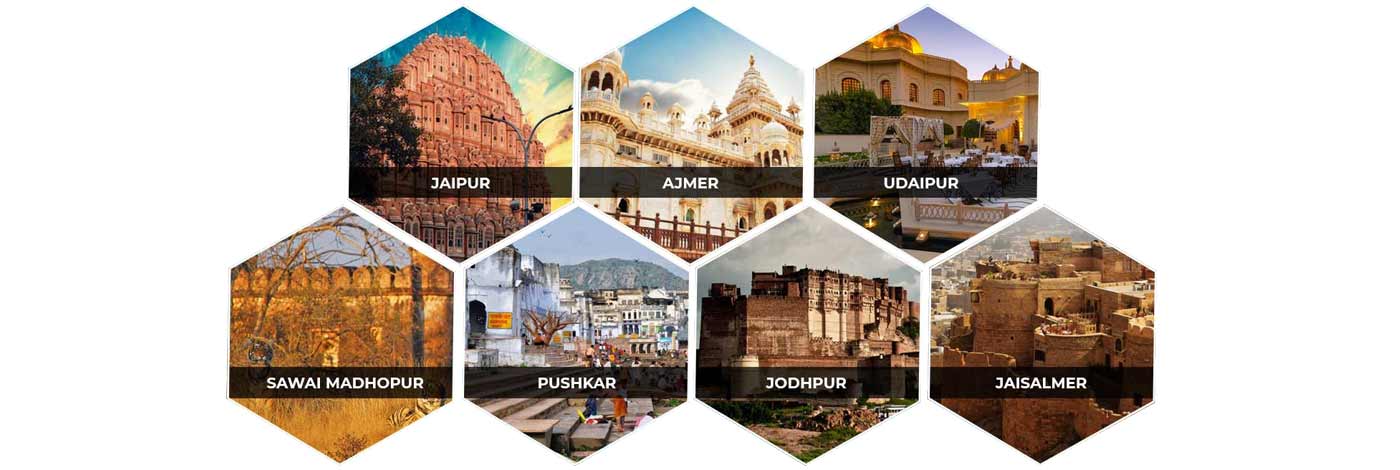
Haldighati Museum Udaipur
Haldighati is an important historical site in the context of Rajasthan, India. Actually, Haldighati is a mountain pass in the Aravalli range connecting districts of Rajsamand and Pali in Rajasthan. The place is at a comfortable distance of 40 kms from the city of Udaipur. The term Haldighati has been derived from the yellow colored soil of the place that gives a sense of turmeric (in Hindi, turmeric is called as 'Haldi' and valley is known as' Ghati').
Haldighati is famously known for the historical battle of Haldighati, which took place in 1576 AD between Maharana Pratap Singh and Man Singh, the general of Mughal emperor Akbar. This battle is considered as one of the most significant events in the history of the Rajputs, and this battle was also one of the shortest battles in Indian history, which lasted for only 4 hours. Today, the Haldighati pass, in which the battle took place, stands as a tourist spot, with great memories of Maharana Pratap Singh and his brave horse Chetak.
The term Haldighati has been derived from the yellow colored soil of the place that gives a sense of turmeric. This place was the battlefield for the legend Maharana Pratap and also the place where his mount, Chetak, breathed his last. Maharana Pratap erected a small monument for his horse at the place where Chetak fell. The cenotaph still exists at Haldighati. The Government of India commissioned the construction of Maharana Pratap National Memorial in the year 1997. The memorial features a bronze statue of the Maharana astride Chetak.
There is a museum named Maharana Pratap Museum which displays many weapons and paintings of the famous battle. This imaginative museum was started in the year 2003. Light and sound shows give a glimpse of the events inside the museum. Balicha Village, located at a short distance from the place, is famous for its terracotta crafts. The presence of 'Chaitri-Gulab' makes Badshahi Bagh famous. Original rose water and 'Gulkand' (jam made from rose petals) that has immense medicinal value are prominent highlights of this garden.
At a distance of around 4 kms from the battlefield, a cenotaph (chattri) is built in pure white marble. This cenotaph is dedicated to the gallant horse Chetak as a sign of respect and admiration. The bloody battle of Haldighati has been captured an inescapable place in the History of India. The battle has been known since ages in murals and ballads. In the words of Col. James Todd (a British author), Haldighati has been referred as 'Thermopile of Mewar'.
History of Haldighati
Known for the bloodiest battle fought in the region, the Battle of Haldighati has an essential place in history. If you have a slight bent towards Indian history, you will know that the Indian history is incomplete without reference to the Battle of Haldighati.
This historic Battle of Haldighati has been fought on 21st June 1576 between Maharana Pratap, the Mewar King, and Emperor Akbar, a Mughal ruler. Even though it is one of the most significant battles in Rajput history, it was also the shortest battle ever fought in the past.
This ferocious fight fought on this narrow strip of mountains lasted for 4 hours, only leading to mass-scale death of the heroic soldiers of the time. The blood could be found all over the place, making it turned red instead of yellow in this case.
Sadly Maharana Pratap lost the battle to Raja Man Singh of Amber, one of the most trusted army generals of Mughals during the times.
Haldighati is also significant for another reason, i.e., the unexplainable companionship of Maharana Pratap and his horse, Chetak. Chetak, the loyal companion of Pratap, took his last breath just a few kilometers away, only after leaving Pratap to a safe place.
Haldighati is considered to be the pride of the Rajsamand district of Udaipur. The stellar role of Haldighati and its indifferent aura reminds us of the sacrifices made by the gallant warriors to protect the honor of the Rajputana kingdom. The place also sends chills down the spine as it speaks of the merciless killings and selfless acts of soldiers made to protect India from the clutches of brutal foreign forces.
Architecture of Haldighati
Haldighati is a unique historic mountain pass located in the Aravalli Mountain range. Haldighati derived its name from the term ‘Haldi’ means turmeric in English, used as a spice in Indian delicacies and ‘Ghati’ means valley which together makes the name Haldighati. The soil found in this region of Udaipur is yellow in color, hence the place is named Haldighati.
There is a cenotaph called chhatri in Hindi built on the place where the horse of Maharana Pratap, Chetak breathed his last. This cenotaph is located at a close distance of 4 Km from the Haldighati in pure white marble to pay respect and admire the contribution of the fastest horse in Indian history.
You can find Balicha village located close to the region known for its unique knowledge of arts and crafts via terracotta. There is a stunning garden in the name of Badshahi Bagh. The presence of ‘Chaitri-Gulab, original and authentic rose water, and ‘Gulkand’ (jam made from rose petals) is unique to this garden. The rose water is of great medicinal importance.
In the proximity, you can find the Maharana Pratap National Memorial, built in the year 1997 under the commission of Government of India. The memorial showcases an extraordinary statue of Maharana Pratap riding his horse made of bronze metal. You can also locate a museum in the name of Maharana Pratap. The doors of the museum were opened for the public in the year 2003.
Museums in Rajasthan
Rajasthan is the home of royals having a golden history. Like its forts and palaces, Rajasthan museums known to displays historic marvels and murals. "Museums of Rajasthan" details the origin, history and theimportance of seventeen government museums of the state. Themuseums covered include those of Ahar, Ajmer, Alwar, Amber, Bharatpur, Bikaner, Chittorgarh, Dungarpur, Jaisalmer, Jhalawar,Jodhpur, Kota, Mount Abu, Pali, Sikar, Udaipur and Virat Nagar.This book provides a different section on each museum, cataloguingsignificant archaeological findings, sculptures, paintings, armsand weapons, musical instruments, textiles and carpets, crafts anddecorative arts, jewellery, terracotta, wood, stone, leather andmetal work, ceramics and pottery. This selection of the archivalcollections explores the rich artistic tradition of Rajasthan, describes their significance and how they figure into the overalldevelopmental pattern of Indian art. "Museums of Rajasthan" surveysthe character of Rajasthani art and the influences arising from itsreligious and cultural milieu. The major themes of the collectionsas well as the style, history, and iconography of individual piecesare succinctly explained. This book combines concise overviews withcaptivating detail and includes an appendix that providesinformation about the museum sites, full addresses of all themuseums and brief details of opening hours. It is also an engagingvisual record and presents superb artworks in stunning, well chosencolour photographs. It will be of immense interest to scholars, andwill prove to be an invaluable reference tool and guide forvisitors to Rajasthan.
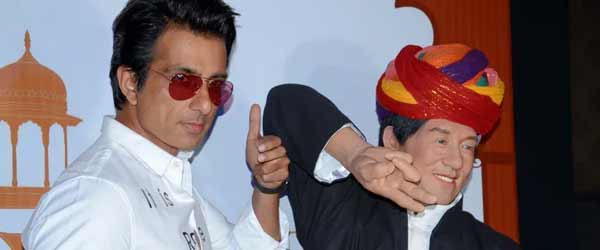
Jaipur Wax Museum
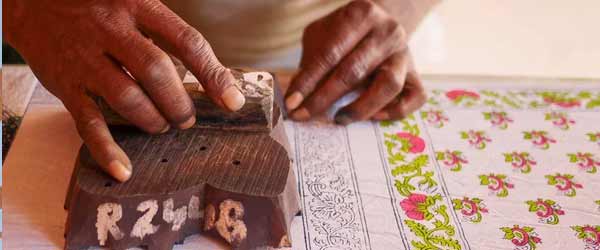
Anokhi Museum of Hand Printing
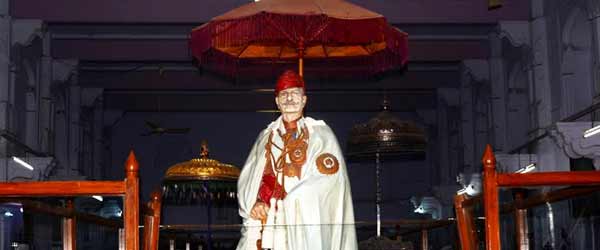
Maharao Madho Singh Museum
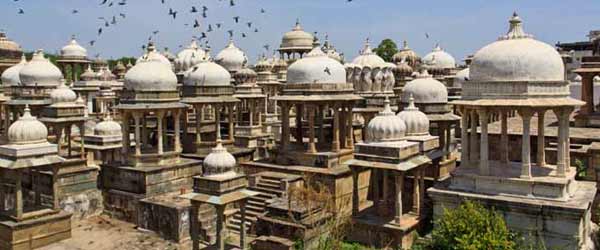
Ahar Museum, Udaipur
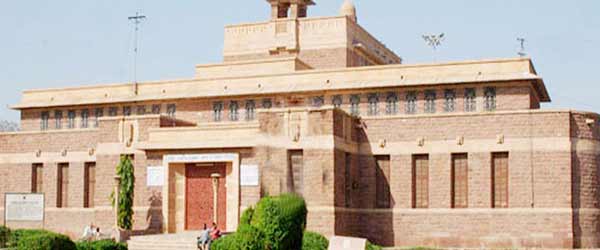
Jodhpur Government Museum
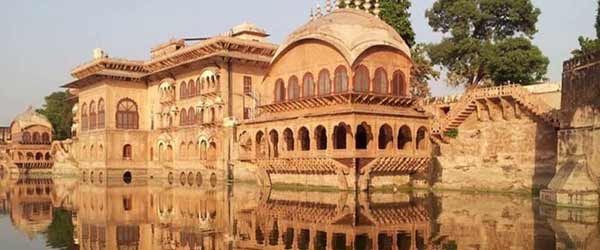
Bharatpur Palace and Museum
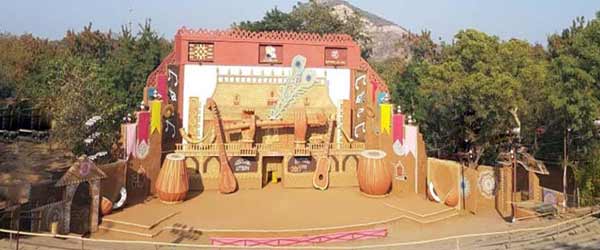
Shilpagram, Udaipur
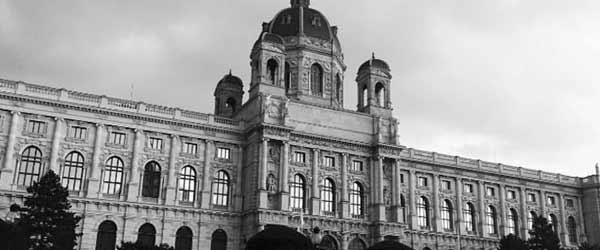
Government Museum of Ajmer
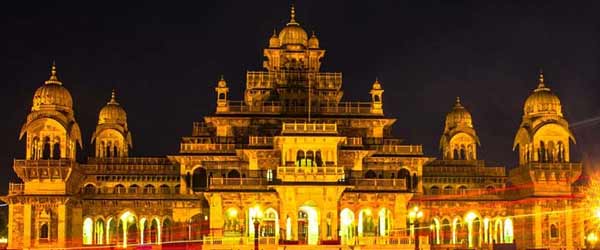
Albert Hall Museum, Jaipur
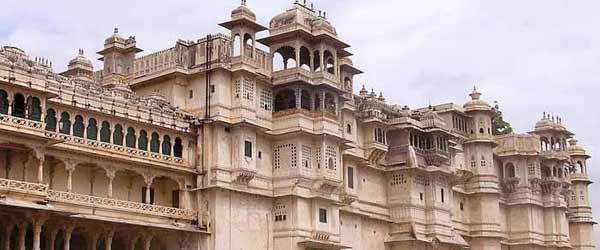
City Palace Museum, Udaipur
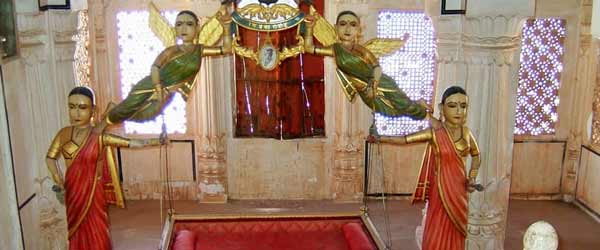
Dolls Museum in Jaipur
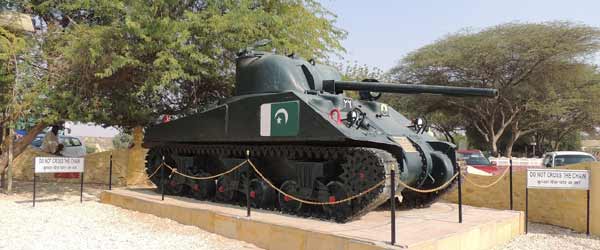
Longewala War Museum
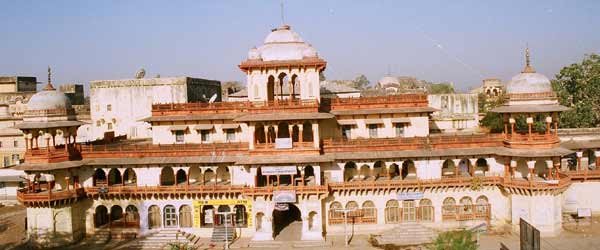
Jhalawar Government Museum
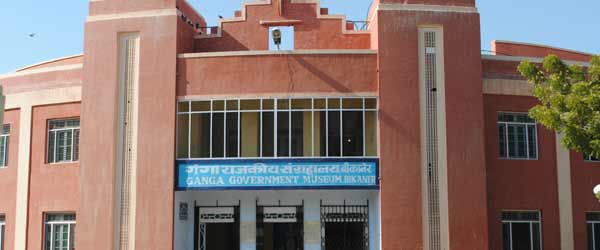
Ganga Government Museum
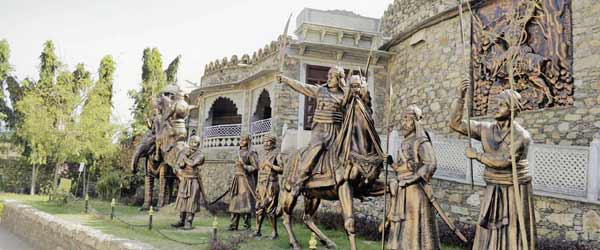
Haldighati Museum, Udaipur
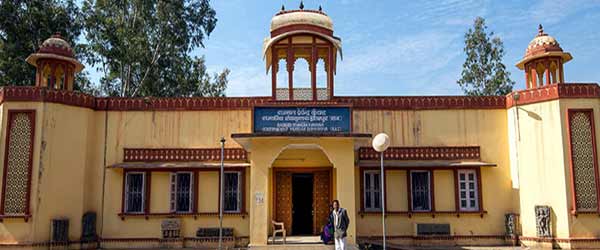
Archaeological Museum
 +91 9549279999
+91 9549279999 